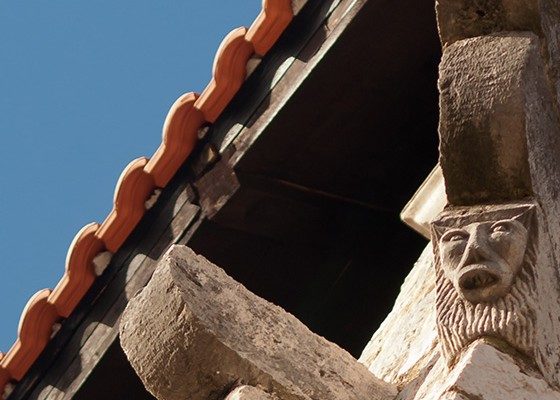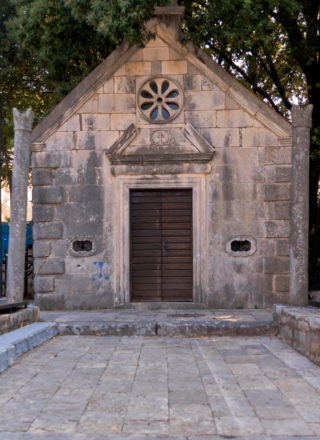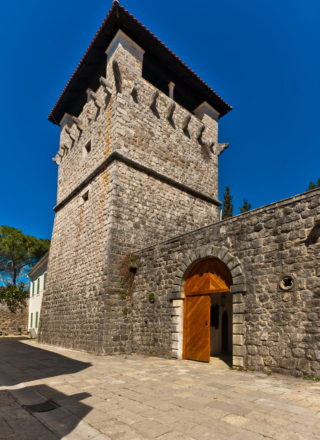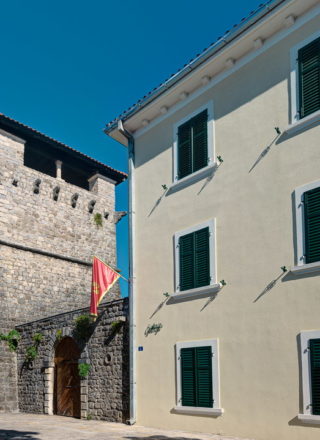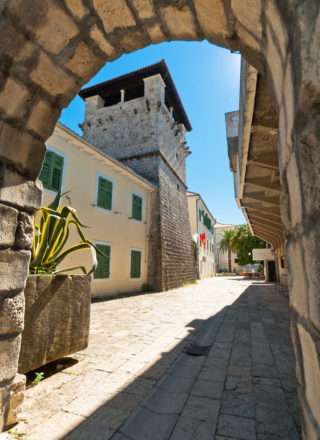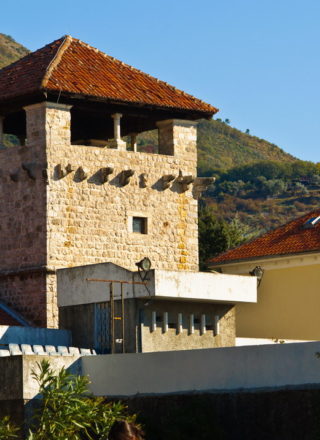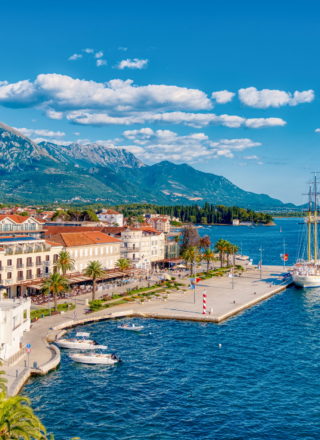Summer residence Buća Luković
27 January, 2023Long ago, noble and distinguished families from Kotor chose Tivat as the perfect place for their beautiful summer residences. The most monumental and best preserved building of this kind is the Buća Luković from the 14th century. The buildings were built by the best craftsmen and sculptors of the time. Even then it became clear that Tivat was predestined to become the exclusive destination it is today.
The name of the impressive building comes from the two families who owned it at different times. The Buća noble family from Kotor, which produced a number of important personalities in the 14th and 15th centuries – from businessmen, financiers and diplomats to theologians – owned the palace until the 19th century. The palace was built in several stages, which can be seen today in the different architectural styles of the individual buildings. The residence comprised several units: the residential building, a farm building, St Michael’s Chapel and the tower with its imposing entrance gate. In addition, a vineyard and a large garden belonged to the estate. A stone footpath with 130 decorative stone columns led to the sea. With a little imagination, one can transport oneself back to that time: Noble ladies stroll through the gardens and are beguiled by the scent of roses, cypresses and jasmine blossoms. While gentlemen enjoy the view of the sea from the baroque terrace and drink a glass of fine wine.
In 1812, the summer house changed hands and went to Tripo Luković. In 1888, the heirs of the Luković family left part of their property to the municipality of Tivat. This was used by the imperial-royal navy of the Austro-Hungarian monarchy to build a naval arsenal. In the mid-20th century, an open-air theatre was built on the site in the garden where the footpath to the sea once ran. The enchanting atmosphere is still a special venue for theatre performances today. In this way, the spirit of times past remains alive and contributes to the popularity of the place among visitors.
The imposing 15-metre-high fortified tower dating from 1548 is now used as an art gallery.
